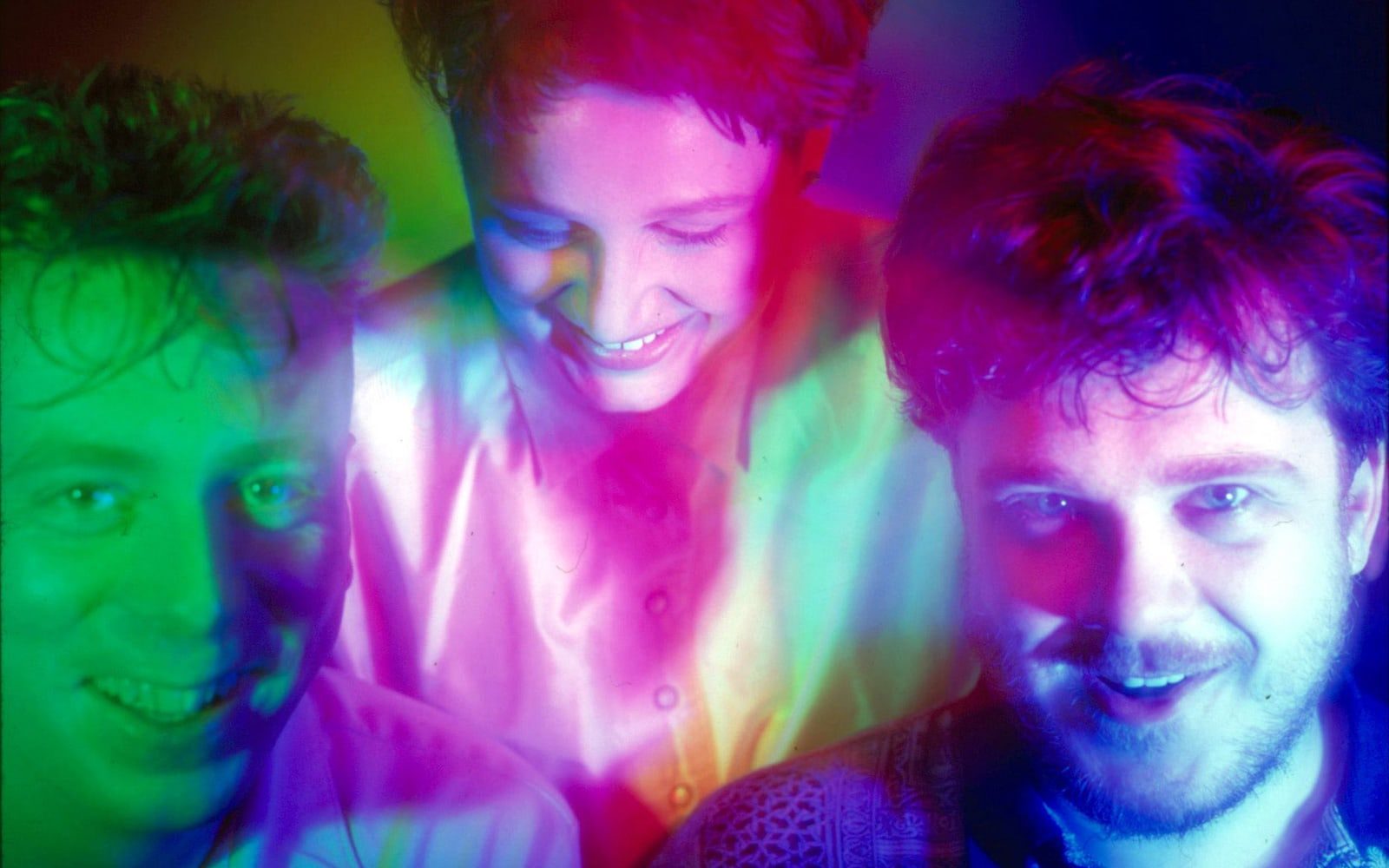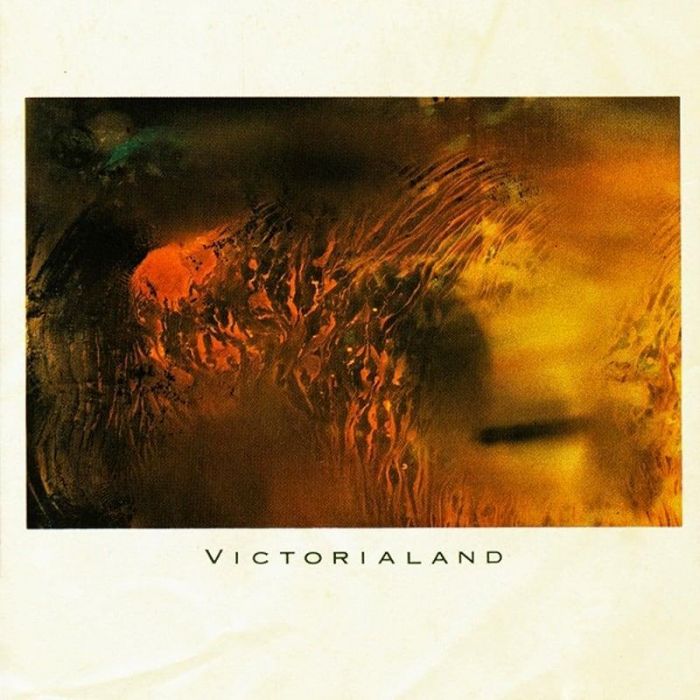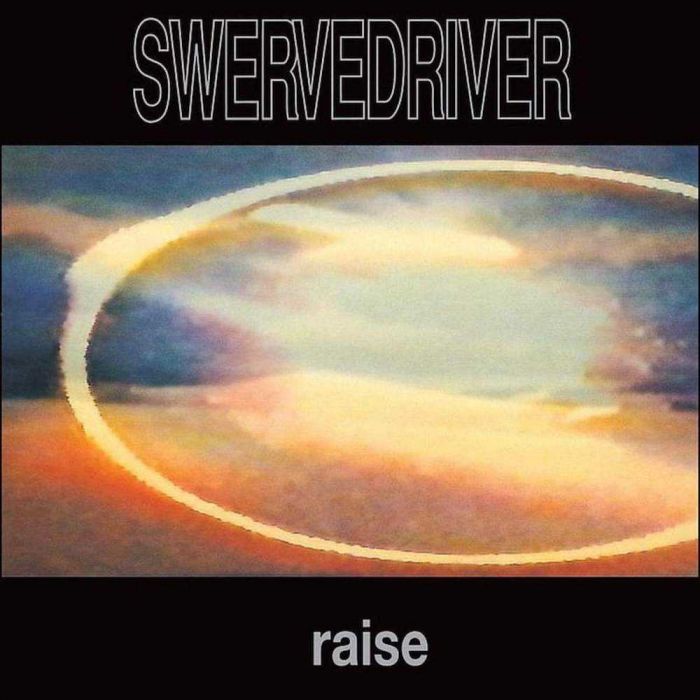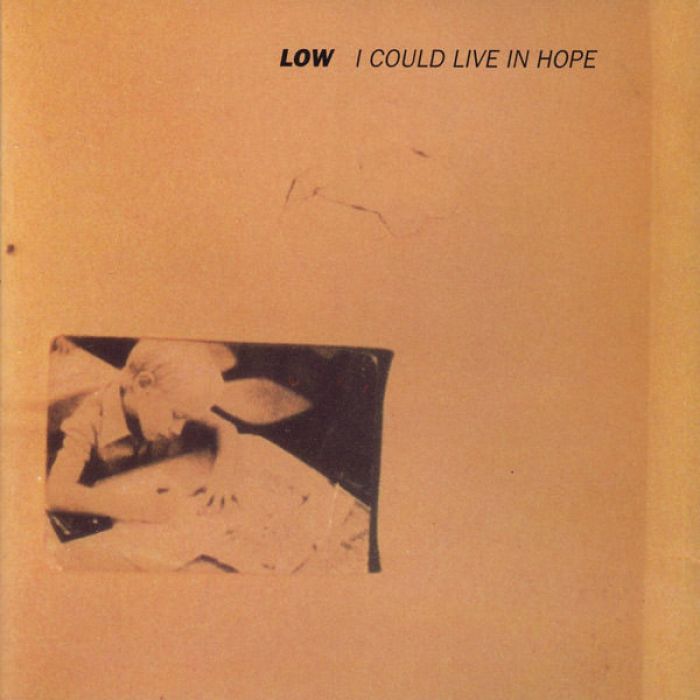Grace Notes: Music to Help You Survive the Summer

Grace Notes is a weekly exploration by Jason Morehead of signs of common grace in the music world. We hope to alert you to wonderful music, some of which will be spiritual in nature but all of which will be unique and worthy of your attention. Each week we will share brief reviews of albums worthy of your attention and maybe a video or two.
If your town has been anything like Lincoln, Nebraska lately, then this summer has been hot. Oppressively, abysmally, soul-crushingly hot. When it’s pushing 100+°, not even the air conditioning in full arctic blast mode might be enough to cool you off; rather, you need to get into a cooler state of mind. Much has been written about music’s physical and physiological effects, such as helping to relieve stress and discomfort. And when it’s hotter than blazes outside, I know I need all the help I can get to keep from stressing out. Here are a few albums and artists that I turn to when the mercury starts boiling.
Victorialand by Cocteau Twins

I’ve written about the Cocteau Twins before, in the context of winter music, but their ethereal sounds are often just the thing I need to lift my moods during the oppressive summer months, too. When the air conditioning isn’t quite cutting it, I reach for this, the most atmospheric and blissed out album in their catalog. Named after a region of Antarctica, Victorialand certainly suggests a chilly clime thanks to Robin Guthrie’s heavily treated guitars and Elizabeth Fraser’s angelic voice, which has rarely sounded so sublime. The album is almost beatless, giving it an especially airy feel, particularly on opening track “Lazy Calm” with its woozy saxophone. And while the continent of Antarctica might be an often desolate, snow-filled wasteland, Guthrie and Fraser’s dreampop conjure up a coolly delightful wonderland, especially on playfully enigmatic tracks like “Oomingmak” and “Feet-Like Fins.”

Structures From Silence by Steve Roach

Over the past three decades, Steve Roach has been one of America’s most well-known, and most productive, ambient musicians, having released nearly fifty solo albums and almost as many collaborations. And though you’ll likely find a good number of his albums in the “New Age” section of your local record store (or iTunes), I find that his best releases move beyond the cheesy atmospherics often associated with that particular genre. My personal favorite of his is Structures From Silence, originally released in 1984. The album consists of three long pieces comprised of soft, shifting tones and layers of pure synthesizer atmospherics. Minimalist in the extreme, it’s the sort of album that is deceptive; it seems like little more than aural wallpaper, but Roach’s textures reward a close and patient listen. (I find the subtle melodic fragments on the gently melancholy “Quiet Friend” particularly beguiling.) This is truly relaxing music, the kind of music you listen to when you need to slow down and enter a calmer, not to mention cooler, state of mind.
Raise by Swervedriver

Sometimes, there’s nothing better to do on a hot summer day than roadtripping, if only so you can spend a couple of hours in an air-conditioned car. Might I humbly submit Swervedriver’s Raise as the best roadtrip album you’ve never heard? Though often labelled “shoegazer,” it’s difficult for me to lump Swervedriver’s 1991 debut in with, say, the likes of Slowdive, Lush, and My Bloody Valentine. Their music, though atmospheric at times, was more aggressive, more reckless, and more rawk than that. Songs like “Sci-Flyer” and “Son of Mustang Ford” careen back and forth with thrashing drums and copious amounts of searing, distorted guitars. But for all of the guitar histrionics, the album boasts solid songwriting, with hooks and catchy melodies a-plenty. As such, when frontman Adam Franklin implores “Let’s just get in the car and let’s just drive” on “Pile-Up,” the offer sounds pretty good. The road beckons ahead, and nothing could be more exciting than hurtling down it into the July sunset with Franklin and Co. supplying the soundtrack.

I Could Live In Hope by Low

For nearly twenty years, Low have been releasing solid albums of slow, minimalist indie-rock — aka, “slowcore” — built around the heartbreaking vocals of Alan Sparhawk and Mimi Parker, Sparhawk’s atmospheric guitars, and Parker’s stripped down drumming. The band’s songs move at a glacial, inexorable pace, and the formula has rarely been executed as well as on the band’s 1994 debut. Like the aforementioned Structures From Silence, the music on I Could Live In Hope is deceptively simple, but patient listeners will likely find the group’s spartan sounds spellbinding. Sparhawk’s guitar-playing is particularly splendid, doing so much with so little, and Sparhawk and Parker’s harmonies are breathtaking in their effortlessness. I often listen to this late at night, as its somber tone befits solitude; on hot summer days, when the thermometer is pushing into triple digits, the wintry chill coming off this album is bracing and refreshing.

This entry was originally published on Christ and Pop Culture on .